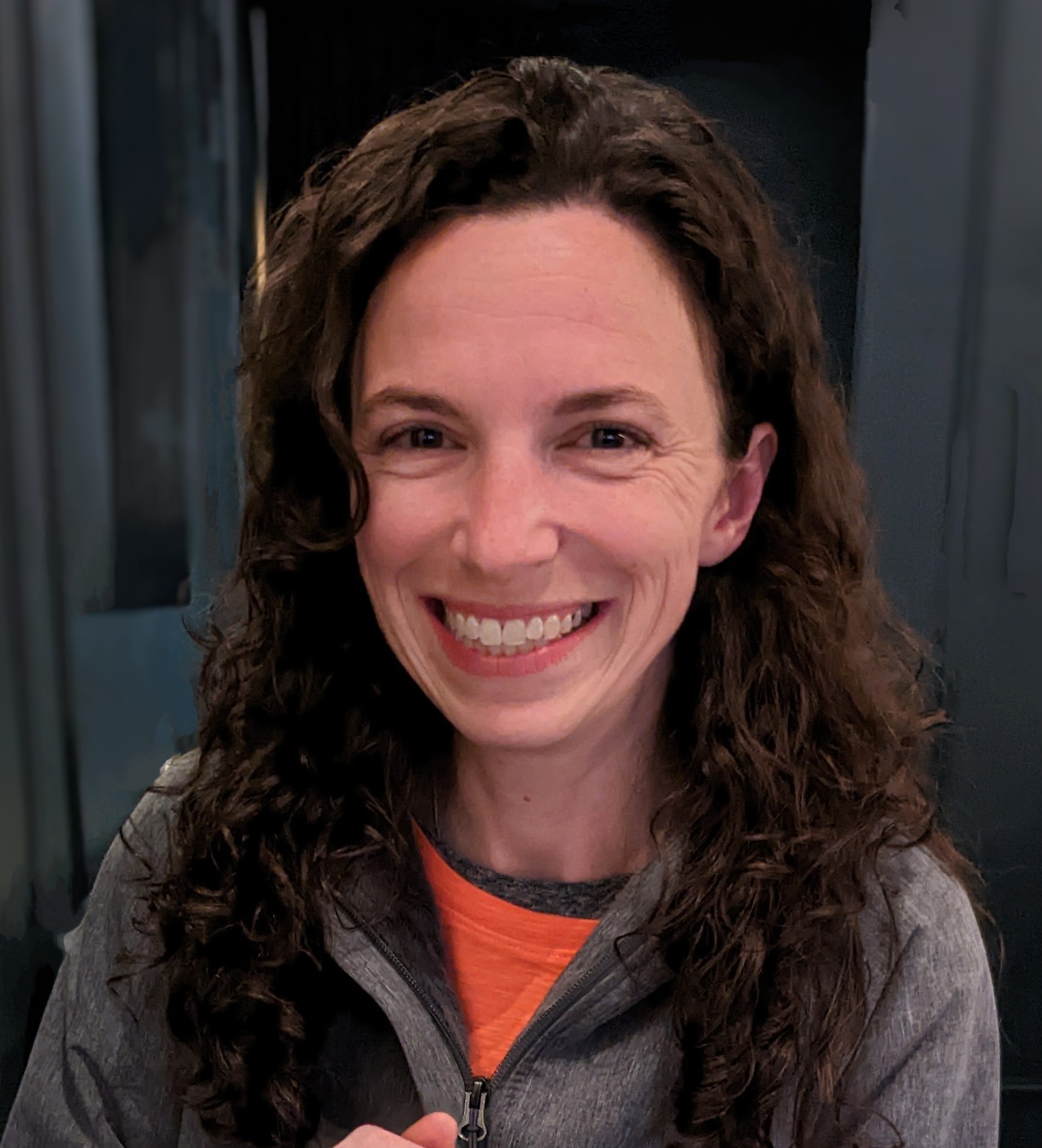 (Photo courtesy Bridget Tenner)Mathematics and the many patterns it contains are essential to the way our world and technology works, from the 0's and 1's of computer coding to the algebra that supports scientific innovation. Professor of Mathematics Bridget Tenner is at the front line of studying how these patterns work and fuel knowledge through her research in combinatorics, a branch of mathematics that focuses on the numbering and patterning of mathematical elements and their relationships.
(Photo courtesy Bridget Tenner)Mathematics and the many patterns it contains are essential to the way our world and technology works, from the 0's and 1's of computer coding to the algebra that supports scientific innovation. Professor of Mathematics Bridget Tenner is at the front line of studying how these patterns work and fuel knowledge through her research in combinatorics, a branch of mathematics that focuses on the numbering and patterning of mathematical elements and their relationships.Tenner's specialty is permutations, or orderings of a set of objects that model numerous mathematical scenarios. “A permutation pattern is a subset of a permutation that appears in a particular order, and the presence or absence of particular patterns can be critical to features of the data that the permutation is modeling. Historically, research in this area has largely focused on a binary question: does a permutation contain a given pattern or does the permutation avoid it? Recent evidence has shown that the specific number of times that a pattern appears is of great importance…so the question should instead be: how many times does the permutation contain the pattern?" states Tenner.
Tenner was recently awarded a three-year, $175,000 grant from the National Science Foundation to explore this question in a project titled “Higher Order Pattern Containment." She regularly collaborates with both colleagues and students from around the country in her work, including Princeton University and City University of New York, known as CUNY. Tenner's innovative approach includes a detailed study of pattern containment.
“One part of the project extends what is already known about higher-order containment in a special but important case of patterns that are already known to have many implications throughout combinatorics. Another phase of the project will bring the perspective of higher-order pattern containment to other pattern sets," Tenner says. This approach includes analyzing what are known as reduced decompositions, or ways of writing permutations as products of elemental pattern swaps. For instance, a permutation consisting of 1, 2, and 3 can be written in various alternating sequences – first swapping 1 and 2, then swapping 2 and 3, and finally swapping 1 and 2 again. “The main tools used in this project are a 'dictionary' that translates between permutation patterns and reduced decompositions, and a technique for manipulating reduced decompositions to reveal properties of the permutations that they describe" explains Tenner.
Since patterns characterize almost every property across mathematics, the implications of this research can be far-reaching. “Not only will this work address longstanding open questions about structural properties in combinatorics, algebra, and related fields, but the research carried out in this project will result in the construction of tools and strategies applicable well beyond the scope of this particular work, potentially impacting fields ranging from topology and computer science to computational biology" describes Tenner.
Tenner's work in combinatorics has been widely published and can be accessed in Google Scholar.